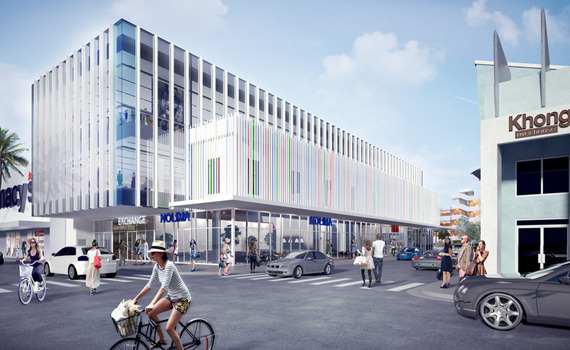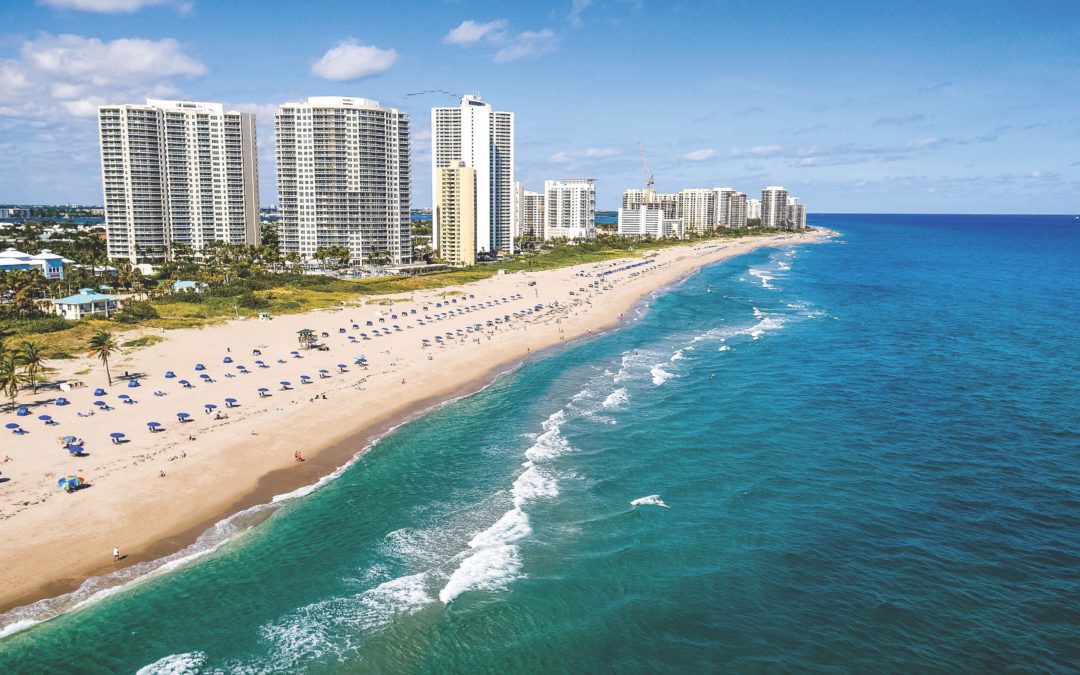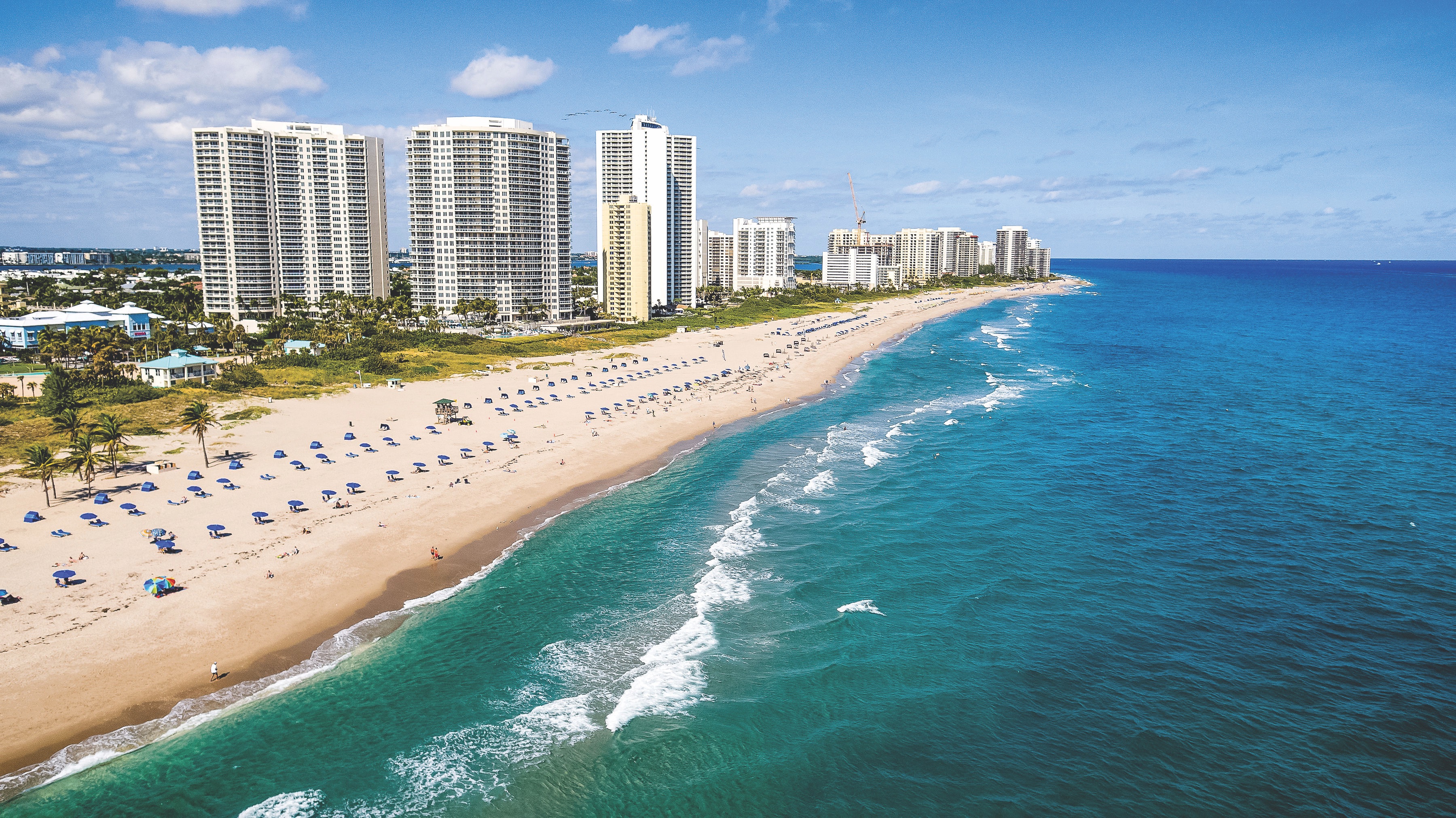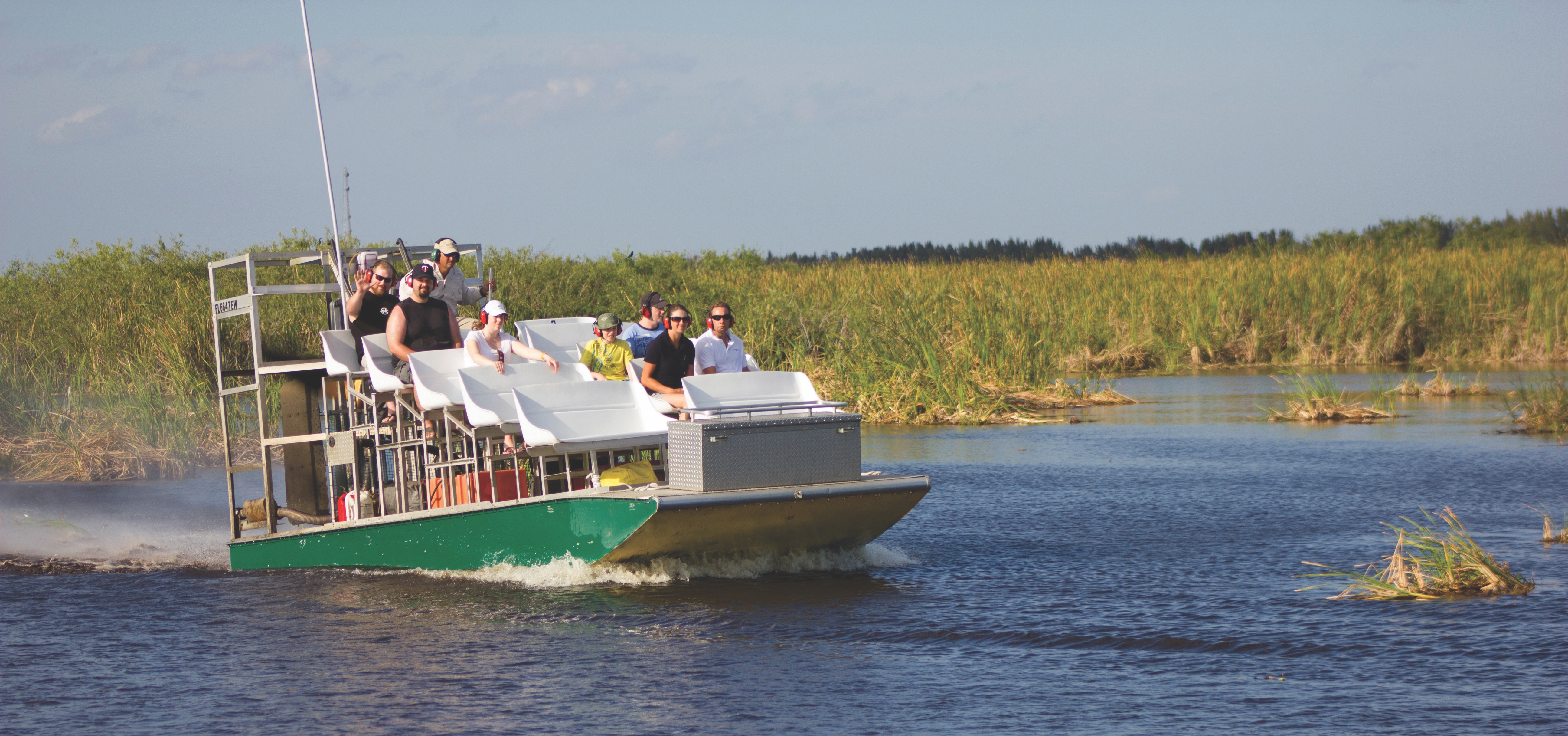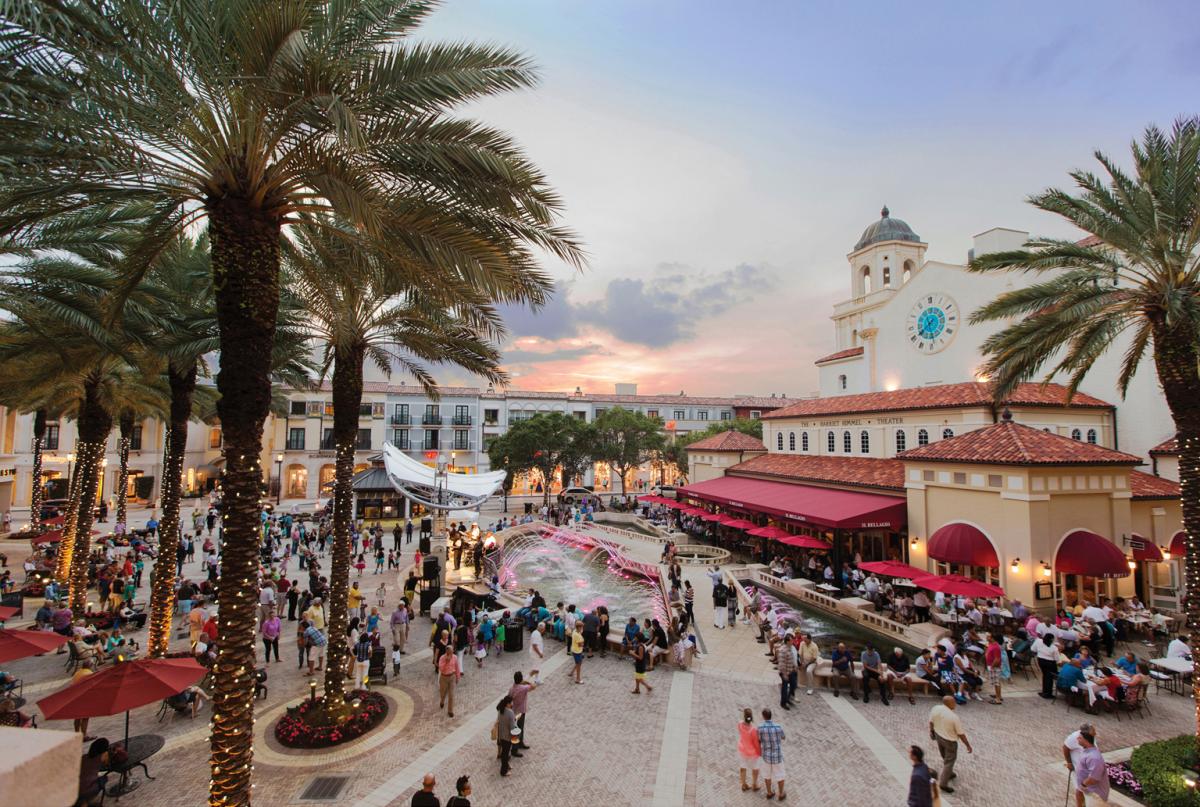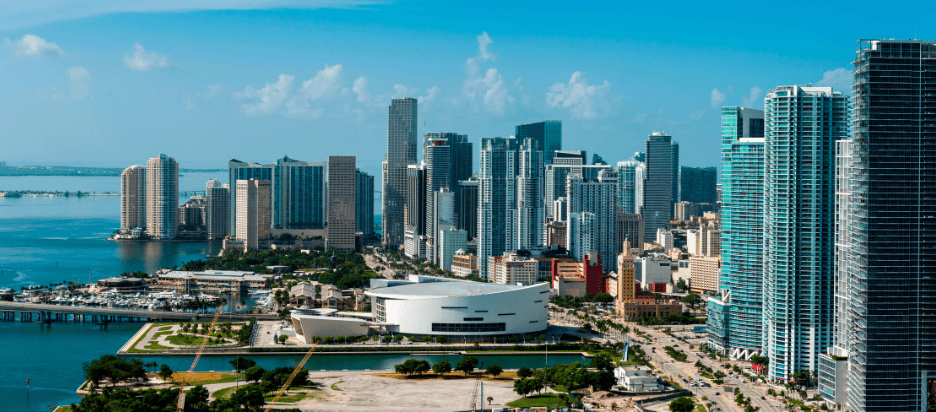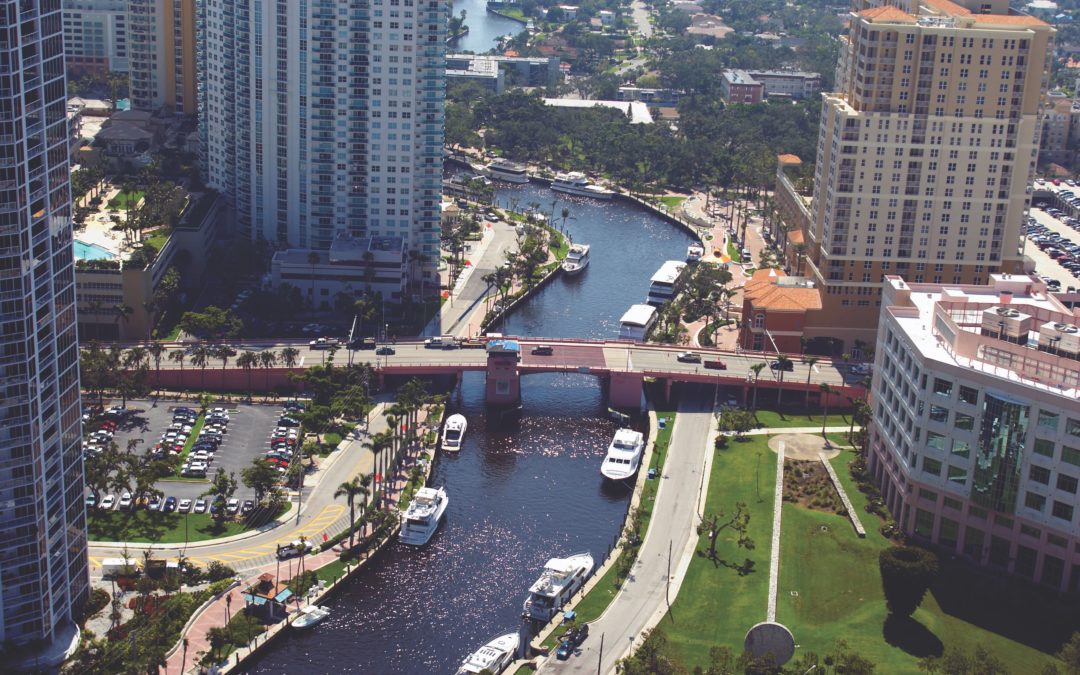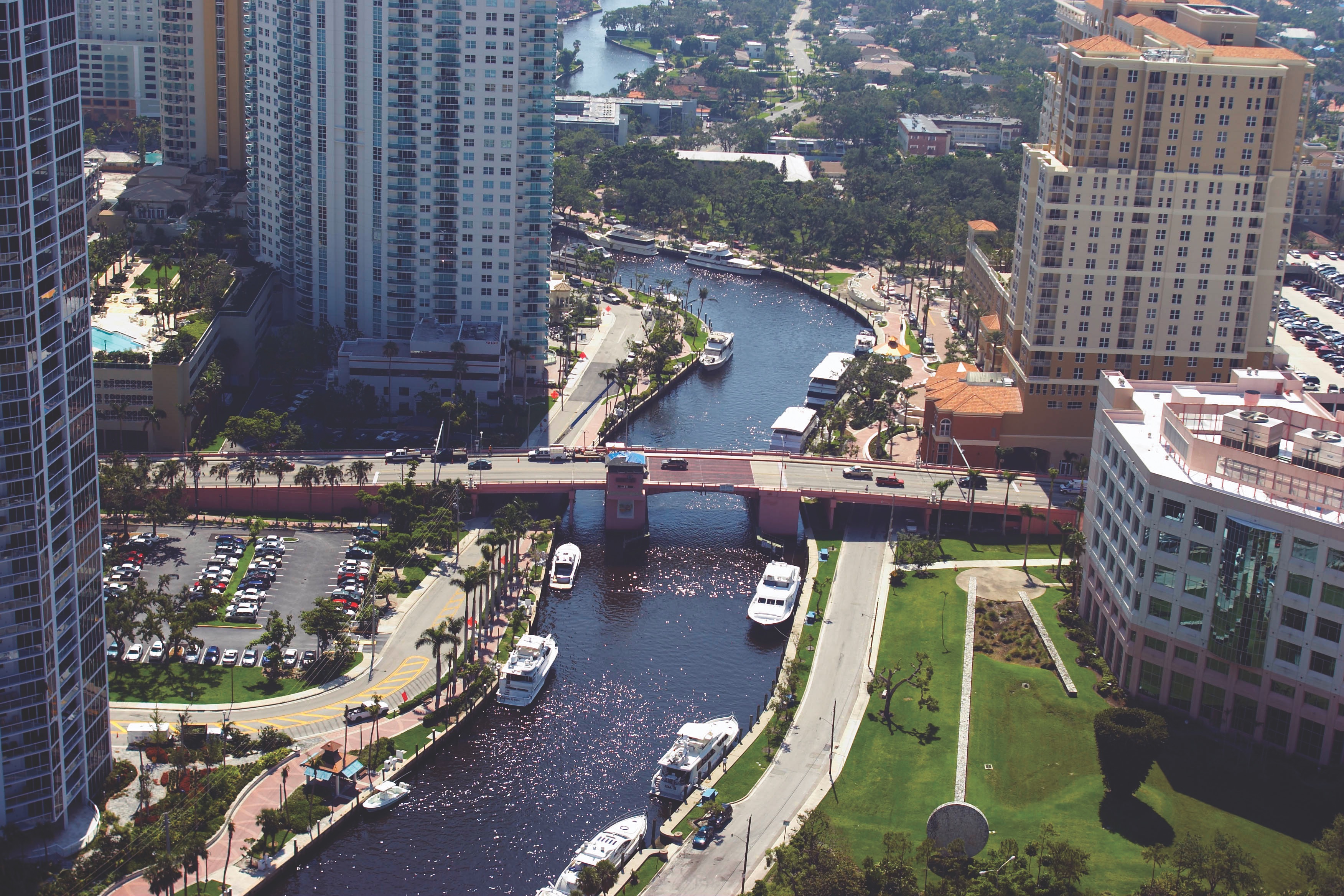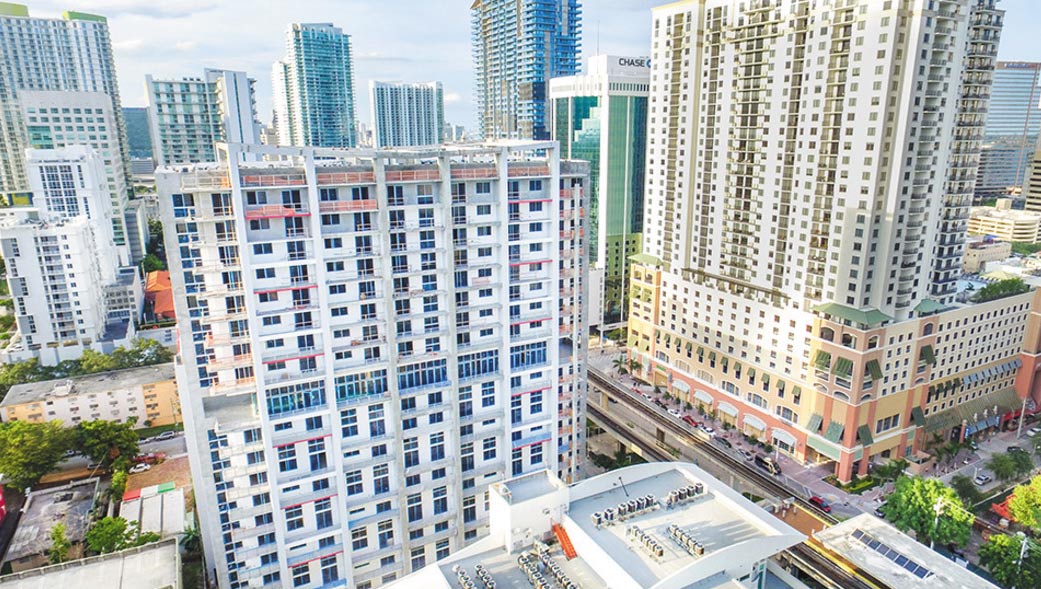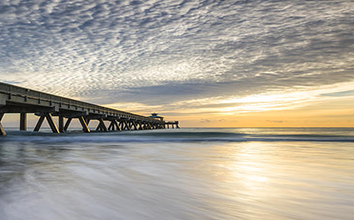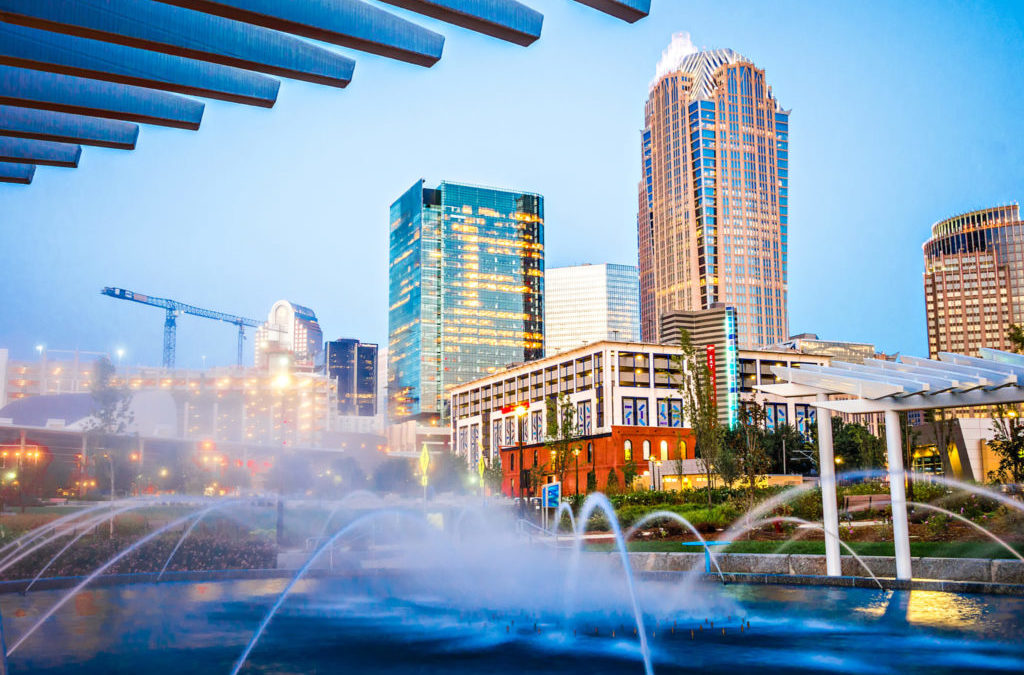
Charlotte Rising to Tech Challenge Related to Emerging Workforce
By Felipe Rivas

2 min read October 2019 – The business world was abuzz earlier in October when American conglomerate Honeywell broke ground on its new global headquarters at Legacy Union in Uptown Charlotte. Honeywell, a diversified engineering and technology giant, is the latest example of a large company flocking to the Queen City looking to expand and grow, and local leaders are doing their part to ensure success. As the economy in the Charlotte Metro Area continues to diversify, educational and economic development leaders are working to equip the workforce to thrive in the tech-based jobs coming to the area.
Historically, Charlotte has been the second-largest banking capital of the United States, but that is broadening, said Queens University of Charlotte President Daniel Lugo. “The most exciting part is the growth of the technology sector. Charlotte is a hotbed for technology right now,” Lugo told Invest: Charlotte. “Those with strong technical skills, with an understanding of how to use data in powerful ways, how to visualize data, and how to use data to predict outcomes are going to have huge advantages,” he said.
The university is placing a keen emphasis on producing talent that has a robust understanding of coding and data analytics. “The city and area is creating tech jobs at double the national rate and we want to be at the forefront of working with those businesses,” Lugo said.
That means taking a community-first approach in its efforts to empower talent with tech-based skills. Its program, Digital Charlotte, aims to reduce the area’s digital divide by connecting community members to the internet and increasing their web literacy. “We are perfectly positioned to be the preeminent private university of the city and of this region, building a talent pipeline to meet the needs of a growing city’s changing economy,” Lugo said.
In Gaston County, 30 minutes away from Charlotte, economic development leaders are already experiencing spillover from Charlotte’s growth and preparing its workforce for incoming manufacturing and tech-based jobs. “For Gaston, it’s all about the Charlotte market, tapping into it and knowing what their needs are,” said Gaston Regional Chamber CEO Steve D’Avria.
“The biggest set of industries coming in are the advanced manufacturing sectors because our labor is more affordable,” D’Avria told Invest: Charlotte.
The chamber is focusing on education by supporting accelerated college programs for Gaston County’s high-school students, as well as programs at Gaston College centered on business and information technology career tracks and certificates. “Education has been one of our focuses,” D’Avria said.
Connecting students and workers to jobs to practice their tech skills while they are in school is another chamber priority. “Around 60% of our members are small businesses, so we’re a connector of resources in the community,” D’ Avria said. “We’re also expanding into the co-working space in Gastonia. In Belmont, we have a program called Gaston Tech Works, and it’s all technology-focused.”
To learn more about our interviewees, visit:


